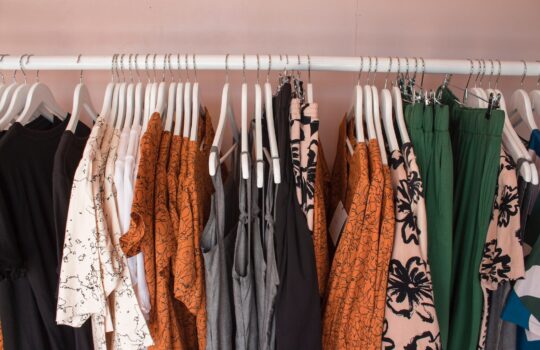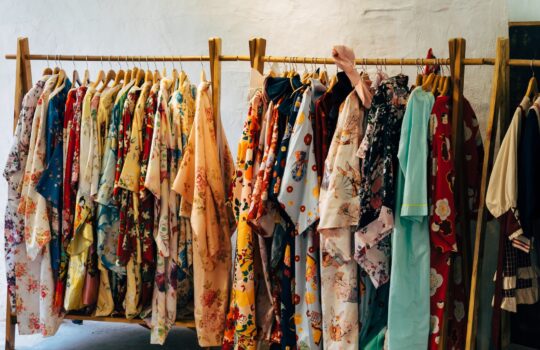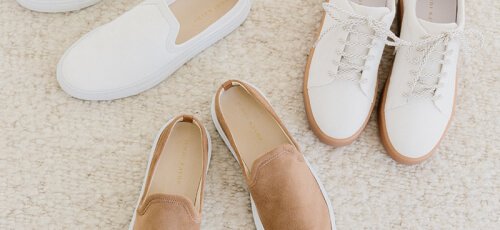Trending Now: A Guide to Predicting Wholesale Fashion Sales & Inventory
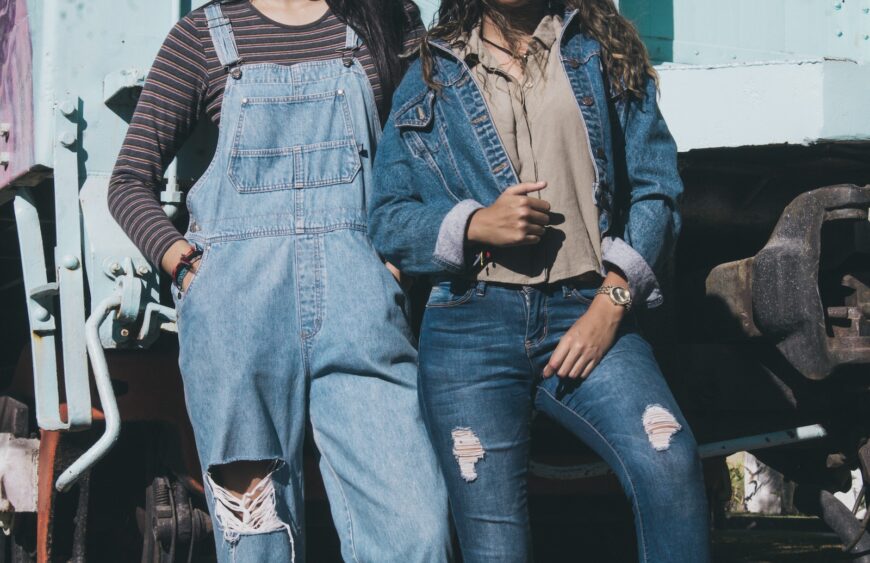
Fashion is an ever-changing industry, so it’s important for companies to stay in the loop with trending styles. However, predicting sales and inventory levels of wholesale clothing can be a hard nut to crack. Thankfully though, technology has made leaps and bounds that allow fashion businesses to utilize data-driven insight for more precise forecasts. In this article we’ll discuss how these predictive analytics tools are being used by fashion retailers which brings various advantages helping their decision making process when it comes down to forecasting orders and inventories .So if you’re looking into ways on how your business could benefit from such technologies – make sure you stick around till the end!
Understanding the Basics of Fashion Forecasting
Fashion forecasting plays a vital role in the fashion industry, and is indispensable for any wholesaler of clothing products. It’s all about predicting what shoppers need now and will look for later on; this way retailers can maintain their shelves optimally stocked with relevant items that stay up-to date with customers’ preferences. That means calculating ahead how much inventory they’ll require to meet customer demand without oversupplying or being shortchanged.

At heart, fashion forecasting is really about understanding people – what drives them when it comes to choosing clothes? What trends are set to take off upcoming seasons? Through the power of foresight, you’re able to give your retail business an edge by anticipating which styles will be successful before they hit the market.
Having a strong knowledge of current trends and past buying patterns is key for success in the wholesale business. It’s not enough to just look back at what has sold well, you have to be able to anticipate changes and keep up with what customers want now as well as predict future needs. Furthermore, it’s important that wholesalers stay informed on relevant economic shifts occurring around them so they can plan their inventory accordingly – such things like weather patterns, holidays or special events could all lead consumer behavior change and thus affect sales numbers significantly. Lastly, staying ahead of your competition requires regular tracking emerging trend
Staying ahead of the game in fashion wholesaling requires an understanding of what’s happening with competitors and how it might affect customer demand for certain products or services. By tracking these factors, a wholesaler can get an idea as to which items will be most successful throughout the year and adjust inventories accordingly.
But that isn’t all – technology is also playing a huge part in how people buy things today, so keeping up-to-date on tech advancements can help you stay one step ahead when predicting future trends too! Social media has become such a large factor influencing people’s daily outfits; if you know where this trend is headed then you’re already at an advantage.
Exploring the Benefits of Fashion Forecasting
Fashion forecasting is a must-have element for any company in the wholesale clothing industry. It’s not only necessary to find out which trends are about to be commonplace in the upcoming season, but also it gives retailers an opportunity to plan their inventory and sales accordingly. By utilizing fashion forecasts, retailers can make sure that they have appropriate products accessible while customers require them. Moreover, fashion forecasting can lend support for businesses staying ahead of rivals by predicting what consumers will ask next – this way companies remain prepared and up with all latest tendencies!
Using fashion forecasts as a planning tool can be valuable for businesses. It provides insight into what trends may become popular and when they will peak or decline in popularity, which is absolutely invaluable to make informed decisions about inventory levels and pricing strategies over time. Moreover, these types of data also offer information such as color trends and fabric choices- crucial info that helps identify potential opportunities within certain market segments before others do it first – how cool? All this makes using fashion forecast an interesting tool for any business trying to stay ahead!

One of the advantages of using fashion forecasting is that it can help minimize risk when stocking inventory. It’s hard to predict exactly how much or how little customers are going to demand, so this practice gives retail businesses a better idea on what to expect throughout any given time period over the year – whether seasonally or otherwise. That way, they don’t run into problems with either having too many items sitting around unsold in their warehouses and stores…or not enough!
Having access to reliable data about future trends and consumer buying patterns allows companies to adjust their stock levels accordingly so they always have enough product on shelves when customers come looking for what’s trending. This helps prevent lost sales from out-of-stock situations, as well as reducing waste due to overstocking with items that don’t sell according the customer preferences at any given moment throughout the year or across seasons. Thanks largely in part to advancements made through technology used today by many retail operations who wish stay competitive within this sector, trend cycles are happening more frequently than ever before!
Analyzing Historical Data to Predict Future Trends
Examining historical information is a major element in forecasting future fashion trends. By studying past sales and inventory figures, retailers can take an educated guess at which styles will be favored for the next season. In the wholesale clothing industry, this practice becomes even more essential as buyers must decide on what to stock several months ahead of when it hits store shelves. To predict forthcoming tendencies there are some different techniques that fashion forecasters implement by using previous data – trend analysis being one common method along with consumer sentiment assessment. Trend evaluation involves looking back into history so you can identify patterns that could shape imminent outcomes or designs while customer opinion scrutiny looks at current customer views about items in order to determine where the market may move in coming weeks or months
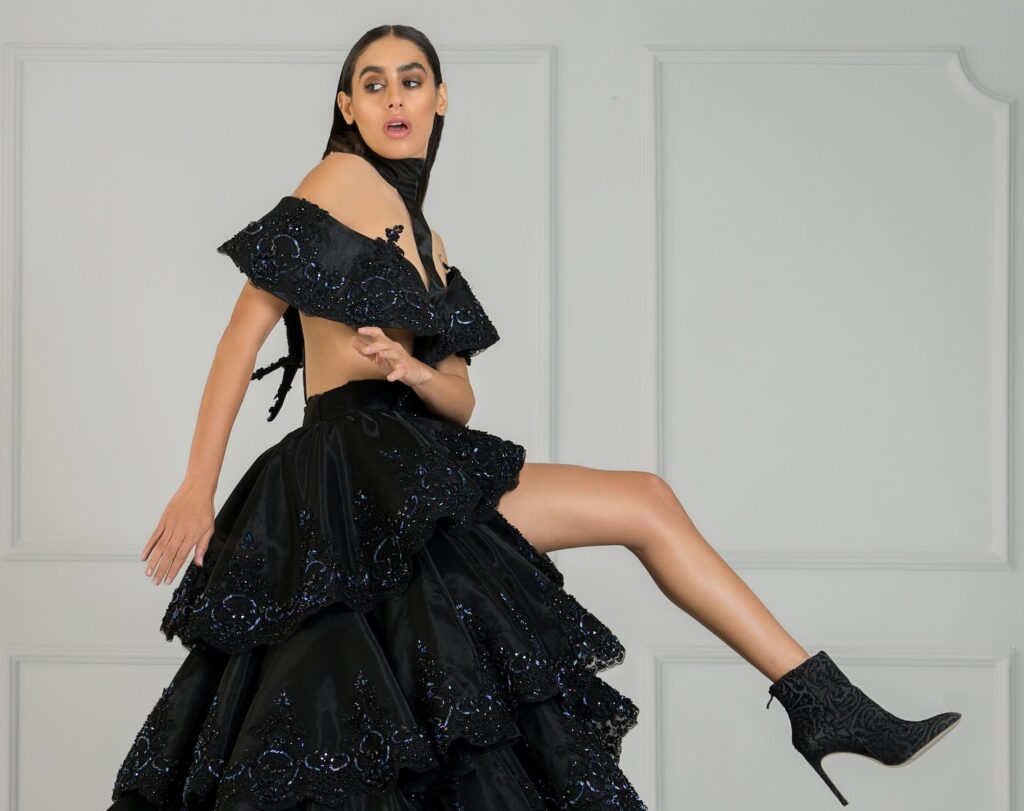
Trend analysis involves taking a look at past sales figures to spot patterns and build models that suggest what could take place in the upcoming season according to previous performance. This approach of forecasting can be used for figuring out those items which customers responded positively during the last period, as well as products that didn’t meet expectations – giving buyers useful information when it comes to selecting inventory for their stores or warehouses.
Consumer sentiment analyses takes things further by examining how people feel about certain goods or designs – not merely judging on how many were sold previously. This kind of investigation requires gathering opinions from focus groups or through online questionnaires; allowing companies and retailers identify if shoppers have plans on buying specific stuff immediately, plus whether those same items will stay fashionable after they get into shelves next season. By mixing both trend examination with consumer sentiment research, fashion prognosticators are capable of getting an accurate understanding regarding which styles will work successfully – being able confidently invest appropriately
Utilizing Technology and Analytics for Accurate Predictions
Technology and analytics have been playing a huge role in the fashion industry for many years. Companies must continually come up with new strategies to forecast sales and inventory levels – so they can stay ahead of their rivals. Technology and analytics offer business owners an advantage when it comes to anticipating movements in the fashion world. By using sophisticated algorithms, businesses are able to make more educated guesses as to what items customers will like any given time. This helps them prepare better by stocking those coveted goods just before demand hits its peak – which is essential if they want good results throughout the year!
Many businesses leverage predictive analytics as a powerful tool. By gathering information from different sources such as customer surveys, market research and sales reports they are able to build models that precisely predict how items will perform in the future. This prognosis can then be used by wholesalers to make educated decisions on what and how much they should order inventory for their stores – an invaluable resource! But have you ever stopped to consider just how accurate these predictions really are? And whether there is something else out there that could enhance them further? Such questions remain unanswered but with increasingly sophisticated AI technology our understanding of this field has come a long way indeed. Predictive analytics help to uncover potential opportunities that could have gone unnoticed in the past, providing businesses with a huge edge over competitors who either don’t use it or can’t access this type of data. Machine Learning algorithms offer an additional bonus: they enable companies to sift through tons of information quickly and precisely without depending on human labor – such as staff members or external analysts – for assistance. It’s almost like having superhuman powers!
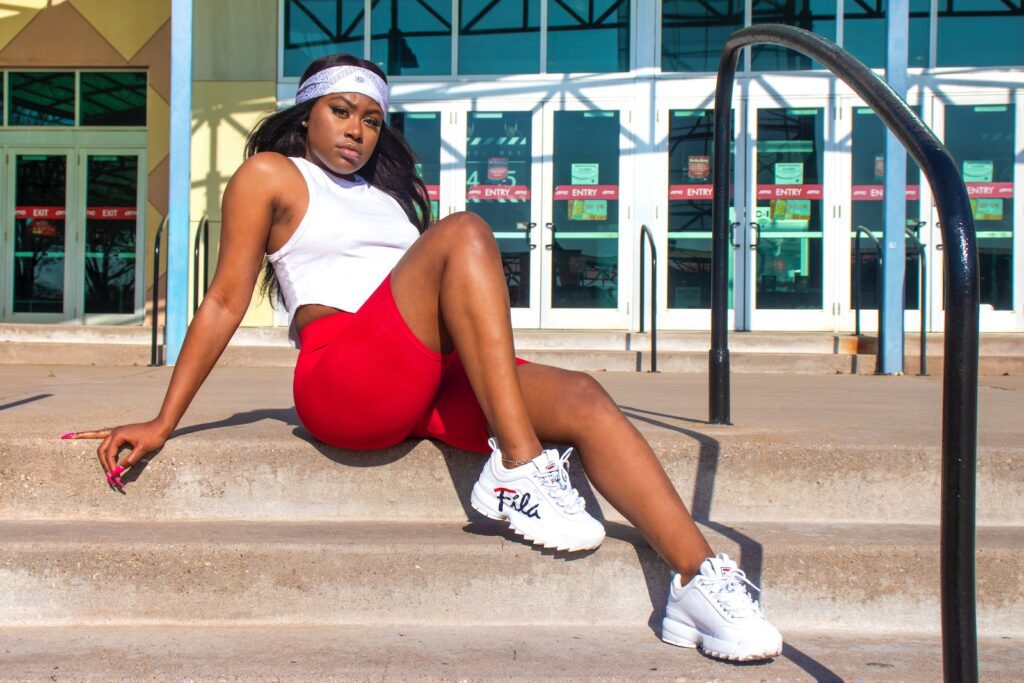
Machine learning algorithms help companies to gain insights into their customers’ buying habits and product performance trends. These findings can be utilized by wholesalers when it comes to making decisions regarding expected demand levels for different products throughout the year, thus resulting in higher profit margins due precision predictions instead of haphazard estimation about what could potentially be hot next season with no tangible data backing such assumptions. The incorporation of technology and analytics within fashion forecasting has gained relevance owing its ability facilitate accurate prediction about customers’ future preferences even before they have come up with it themselves! Companies that make use of these tools efficiently stand a greater chance at staying ahead in comparison to others who may not invest enough effort towards recognizing consumer behavior through modern techniques like predictive modeling or machine learning algorithms; All this eventually leads them down the path toward ultimate success .
Implementing Strategies to Maximize Wholesale Clothing Sales
Figuring out fashion forecasting and inventory for a wholesale clothing business can be pretty overwhelming. To make sure there’s enough stock on hand, it’s essential to have the ability to accurately predict what each item will sell in their stores. And that means implementing strategies that maximize sales potential – most notably taking a look at past data from customer purchases so you know how much of something should be ordered ahead of time for the next season. Gaining an understanding of what your customers are likely to buy in the future is key when it comes to managing inventory. Analyzing historical trends such as popular items, colors, styles and sizes can help you identify customer buying behavior and plan accordingly so that there’s no large surplus when demand for certain items or styles dies down. Staying on top of current fashion trends will also give you insight into which pieces appeal most to your target market – hinting at what they might be looking for from your business next!
Doing research on the current events and staying updated about all designers, both old ones as well new – can give you a hint of what customers will be buying in future. Going trade shows or fashion-related gatherings is also important to stay ahead in knowing upcoming trends that should influence your purchase decisions. Establishing strong connections with suppliers is essential for successfully understanding customer requirements before hand. This helps ascertain how much inventory needs to be ordered based off past performance combined with speculation given by industry leaders who understand the market’s fluctuating demands better than anyone else!
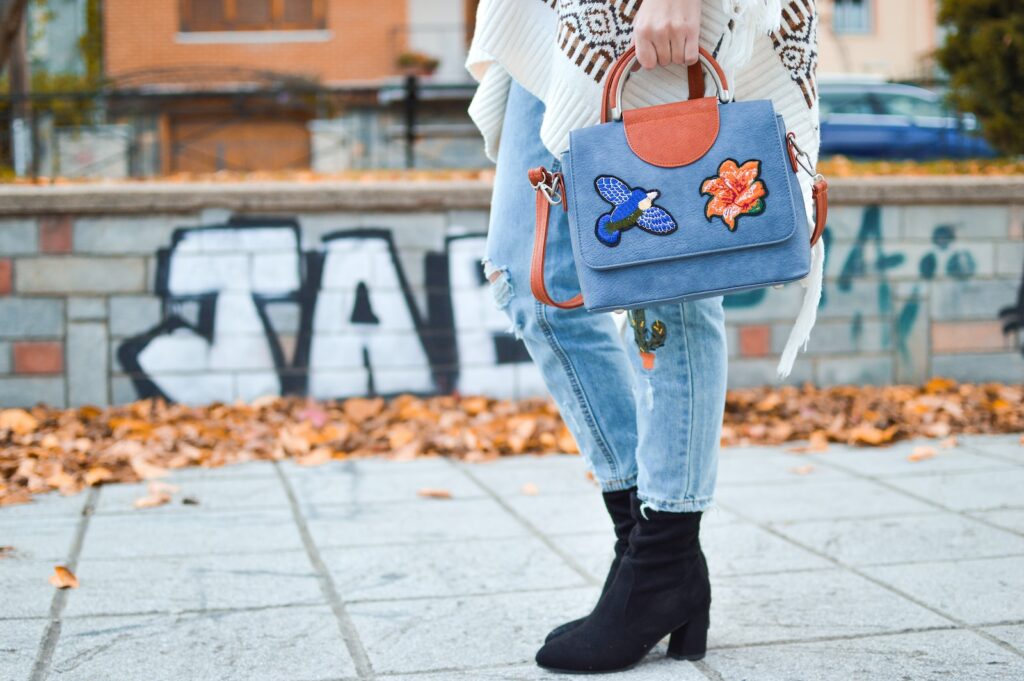
In conclusion, it is obvious that fashion forecasting can be an immensely valuable asset for wholesale clothing retailers. By collecting accurate data to anticipate sales and inventory accurately, retailers are able to make wiser decisions concerning how best they could satisfy their customers as well as bring more profit into the business. With suitable instruments in place, wholesalers of apparel can ensure that they always stay on top of all developments in ever-fluctuating world of fashion industry – so never missing out on any opportunities or chances!
Are you searching for the freshest fashion trends around? Look no further than Devylane.com! This one-stop shop has everything – all of the hottest styles from leading designers when it comes to apparel, shoes, accessories and much more. Prices here are unbeatable and so is quality; nowhere else can you get your hands on such amazing looks at these prices. From everyday must-haves to items that come in handy only occasionally – wether its special offers or simply standard pricing – DevyLane will always have something suitable for any budget imaginable . Don’t miss out, start shopping now!


